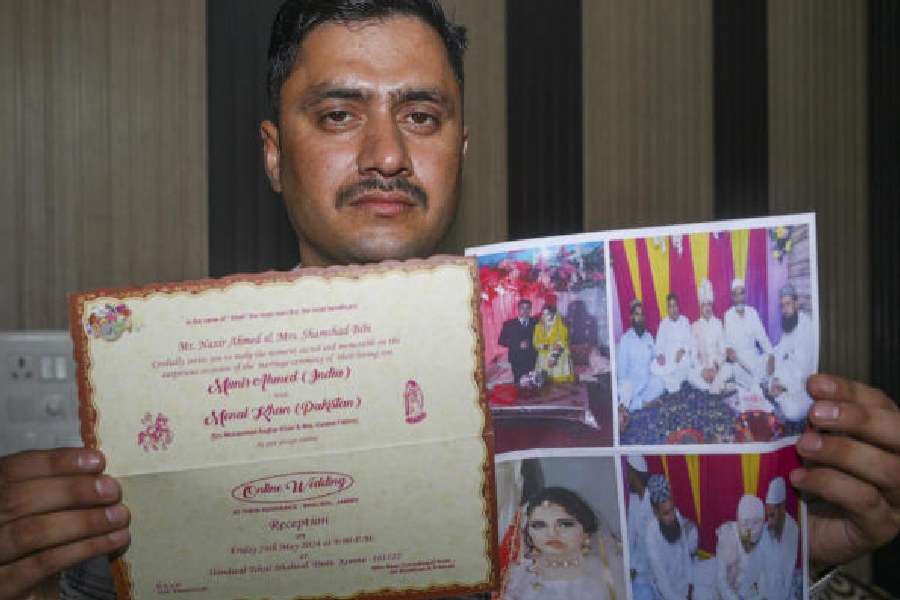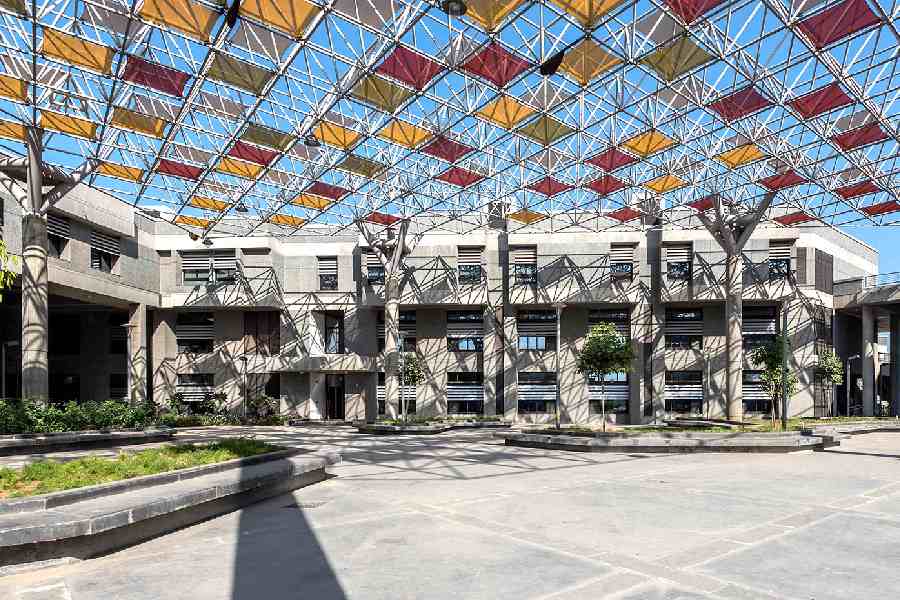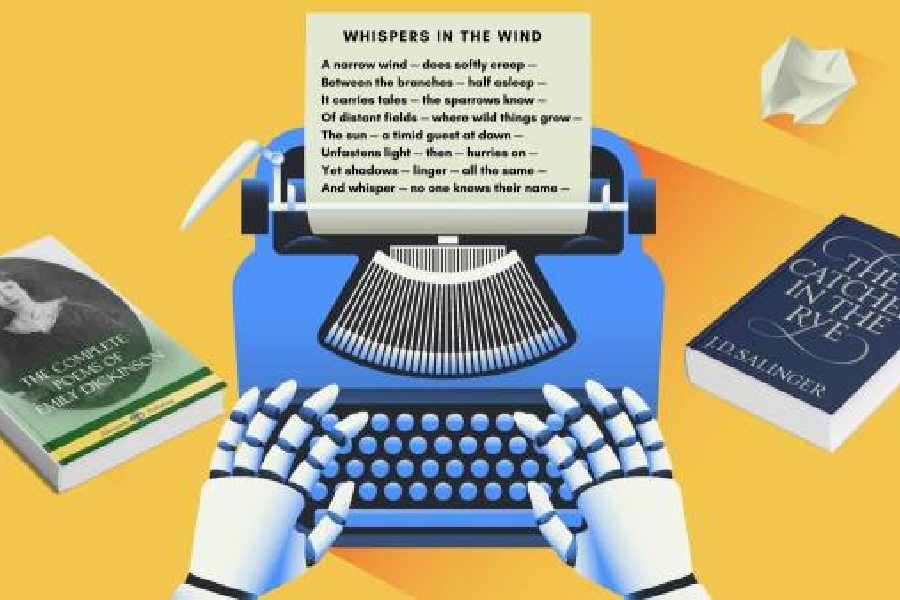 |
| Pyatkar art on Kala Mandir calendars. Picture by Bhola Prasad |
Jamshedpur, Dec. 28: In an attempt to promote village tourism and tribal art, Jamshedpur-based NGO Kalamandir will launch specially designed calendars and greeting cards this New Year.
Designed by tribal artists from Amadubi village in Dhalbhumgarh, East Singhbhum, these greeting cards and calendars would depict different phases of rural life through Pyatkar paintings.
“Amadubi is a place where a city dweller would get everything — scenic beauty, greenery and a vibrant tribal life. It has the potential to become a good tourism destination. Keeping this in mind we have decided to rope in local artists to relate their stories through Pyatkar paintings,” said Roma Sohi, a senior official at Kalamandir.
Designed and conceptualised by tribal painters living in these villages, each page of the table calendar and every New Year greeting card depicts various phases of tribal lifestyle and the village folklore.
“Pyatkar is one of the most traditional forms of art in Jharkhand. So, why not use the form to say what we want to promote about this village and the region?” said Sohi.
“We wanted to do more than just release a routine calendar so we thought of this idea wherein a concept like village tourism could be promoted,” said Amitav Ghosh, the secretary of Kalamandir.
The other village, which finds a mention in this calendar is Deuridih in Kharsawan. Considered to be the birthplace of Kharsawan Chhau, this small hamlet has made it to the list of villages having the potential to attract tourism. “Though we have named and given descriptive details about Deuridih in our introductory message in the calendar, no images of Chhau has been provided as the dance form today is universally known. Pyatkar is something that needs a platform to be promoted,” added Sohi.
The calendars are being printed now and would be launched early next week.
In the coming days Kalamandir would also conduct trips for school and college students of the steel city to these villages so that they could be made aware of the traditional art forms and the essence of tribal rural life.
The print versions would be circulated by the organisation. The original paintings were made using natural vegetable dyes, colours extracted from flowers, bark of trees and yellow clay brought from the nearby rivers. Done up in bright designs and colour schemes, over a dozen paintings have been selected for the calendar but there are only five painting depicted on the greeting cards.










